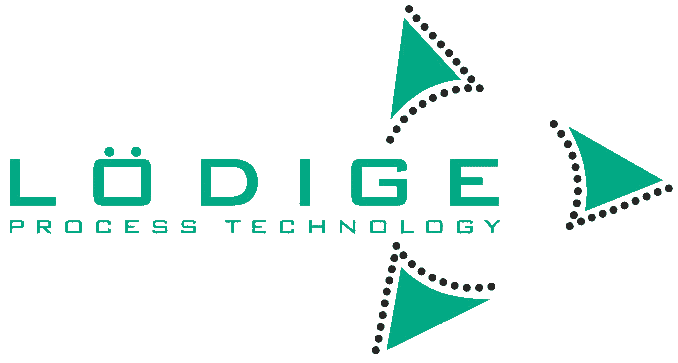In many industries and applications, powdered or fine-grained substances are hardly suitable as intermediates or end products. They are prone to create dust, to stick or to segregate. Agglomeration is therefore a process alternative which consists in bringing together disperse substances to build agglomerates. These show – on the contrary to the disperse original substances – nearly the same specific surfaces. At the same time, they have the advantage in offering much improved product properties like better flowability, simpler dosability, optimised transportability as well as a dust-free handling. In terms of ecology and user safety, the agglomerated product is superior to the initial particles: less dust means that the maximum allowable concentration levels at workplaces in production areas are easier to meet in a reliable manner.
Definition
This process can be used for a wide variety of applications. Nevertheless, or perhaps just because of that, there are always terminological discrepancies when dealing with the basic operation of “agglomeration”. “Agglomeration” is often confused with the comprehensive term “granulation”. However, “granulation” only refers to the form of the end product (“granum”, lat. grain) but does not indicate how the granulate has been achieved.
This is different in the case of agglomeration: Agglomeration consists in bringing together disperse substances to form bigger particles (agglomerates). This implies bonding mechanisms between the particles whereby one can differentiate two sorts of bonding: direct adherence mechanisms without product bridging (van der Waals and electrostatic forces) and indirect adherence mechanisms with product bridging (viscous and hardening binding agents, liquid bridges, cristal bridges, etc). These bonding mechanisms can be globally generated in three different manners: by introducing heat (fusion granulation), by mechanical compaction (press granulation) or by build-up granulation.
Process
Build-up granulation is an interaction between adherence and separating forces (mechanisms counteracting the sticking together of the particles) generated by a mutual interaction of particles, agglomeration seeds and agglomerates. The selection principle will apply in this case i.e. the weak bondings are broken and only the stronger ones remain.
The achieved firmness depends therefore on the strength of the bonding forces, the intensity of the separating forces and time subjected to these forces. The quantity of binding agent generates the product bridging between the particles. By increasing the liquid quantity in the pore space between the particles, one can go through different states of saturation leading to different bonding strengths. In any case the firmness of the agglomerates is an important requirement to preserve the product properties in the long run – for example in case of longer storage.
Suitable machines and mixing systems
The success of agglomeration in a mixer depends on three factors: the construction of the mixing system, its operating parameters and the method of introduction of the liquid binding agent. In case of shovel mixers (in batch and continuous operation) and vertical high speed mixers, the liquid binding agent is introduced either via lances into the turbulent zone of the choppers (homogenisers) or directly into the product area. In case of ringlayer mixers, the binding agent will be introduced via nozzles into the annular layer generated by the mixing tools. The desired product form and quality will determine the necessary retention time. The limit of size for agglomerates is approx. 3000 µm for build-up agglomeration in mixers, the size distribution is about 1:5 at d80.
As a global leader in machines and systems for industrial mixing and associated process technologies, Lödige Process Technology develops application-specific solutions for a wide variety of agglomerates with top product quality. These solutions include Ploughshare® Mixers for batch operation and for continuous operation using the mechanically generated fluid bed system introduced to mixing technology by Lödige.
Ploughshare® Shovels rotate as mixing elements in a horizontal, cylindrical drum close to the walls; the basic shape of the shovels was patented by Lödige in 1949.

Fig. 1: Ploughshare® Mixer working according to the mechanically generated fluid bed principle introduced to mixing technology by Lödige. 
Fig 2: Ploughshare® Shovels rotate as mixing elements in a horizontal, cylindrical drum close to the walls; the basic shape of the shovel was patented by Lödige in 1949. 
Fig. 3: The Ringlayer Mixer CoriMix® meets the highest requirements in terms of profitability and availability.
Ringlayer Mixer and Universal Mixer
A further machine suitable for build-up agglomeration is the high speed, continuous Ringlayer Mixer CoriMix®. The high peripheral speed of the mixing tools generates a centrifugal force forming a concentric annular layer of product. The product moves through the mixing chamber in a plug-like flow manner under constant energy input. The high speed difference causes intensive mixing within the product layer and this creates particularly short residence times. Depending on the product up to 175 kg/dm3 can be processed per hour. Though the mixer is quite compact, it is designed for high and very high specific throughputs. Having a working volume of 5 to 3000 litres, this machine meets the highest requirements in terms of profitability and availability.








































